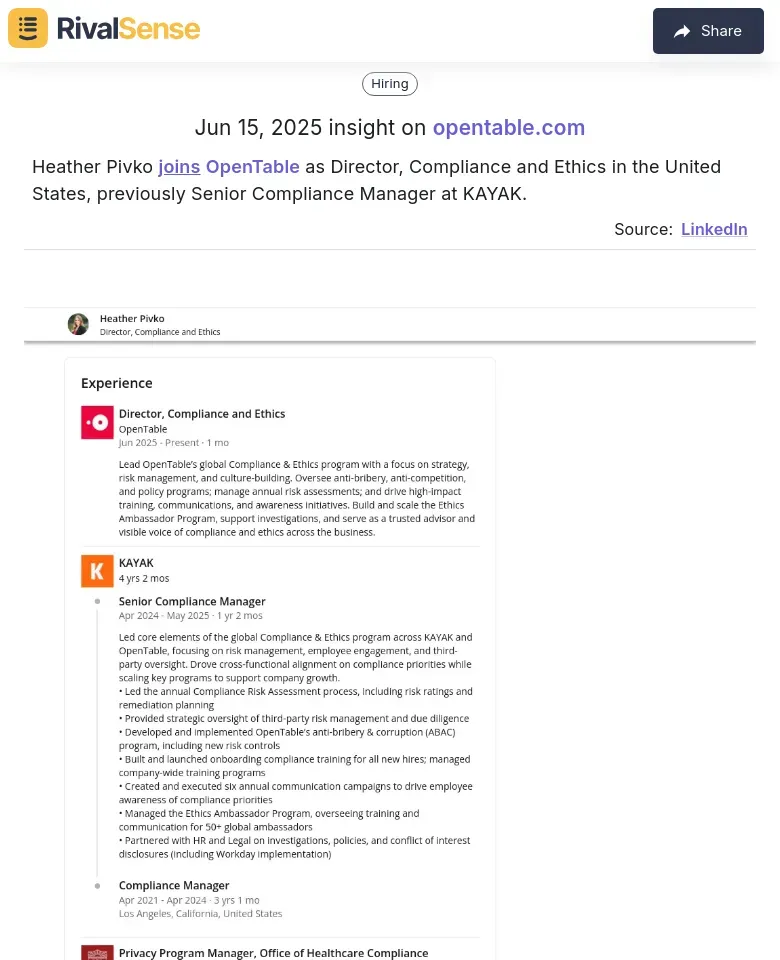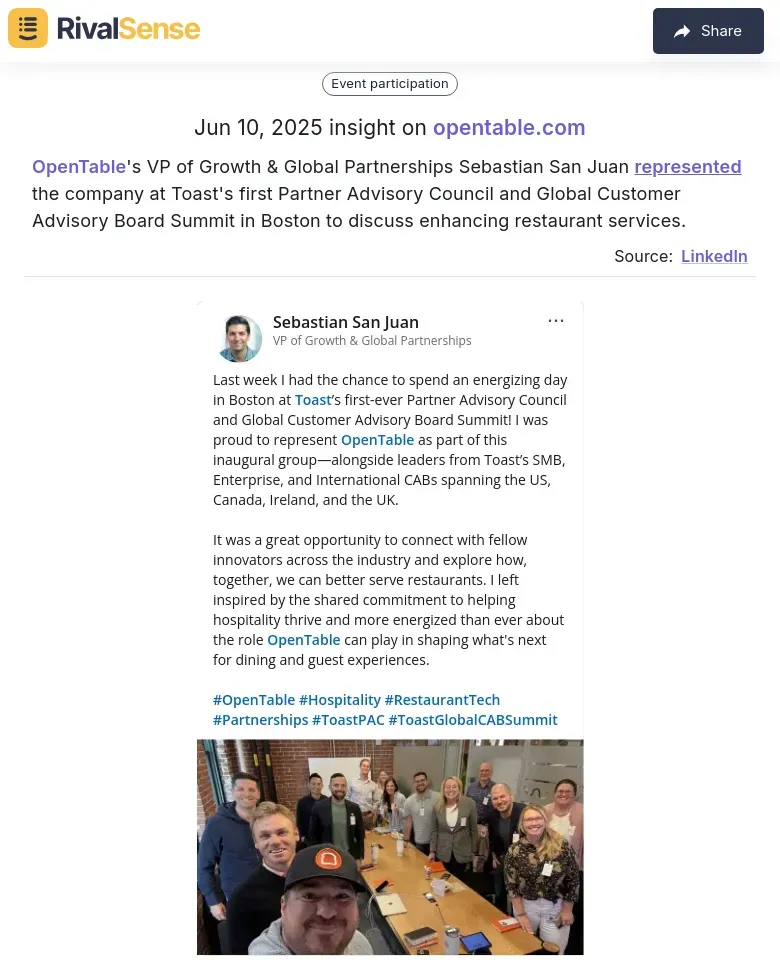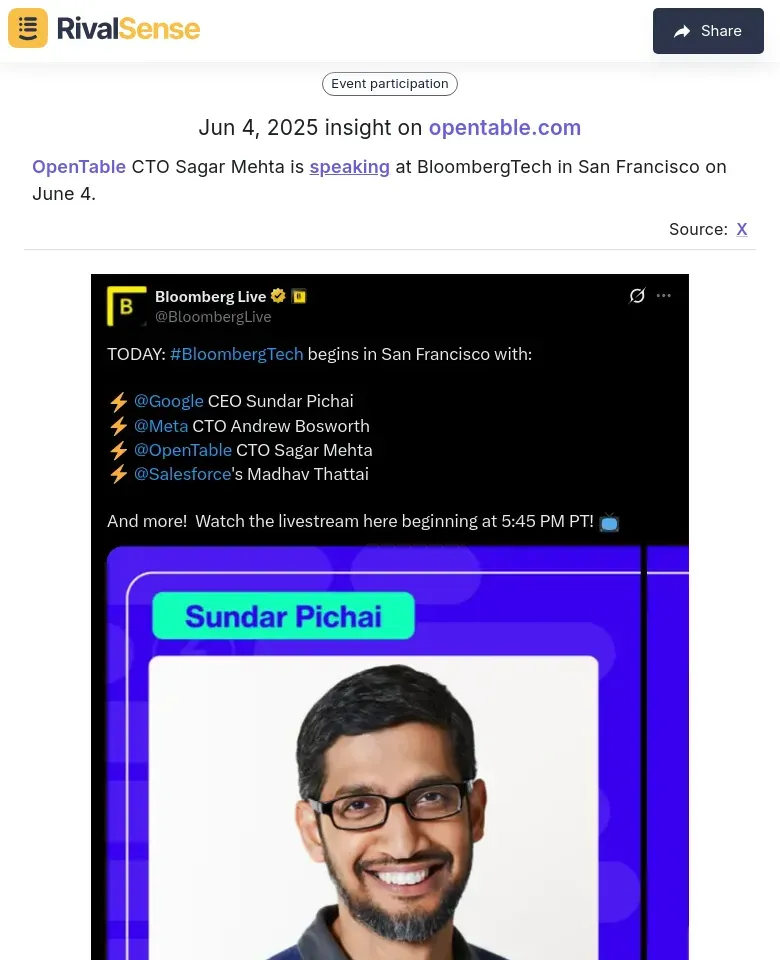Decoding Competitor Support Strategies: A Restaurant Tech Playbook
In the rapidly evolving restaurant technology sector, understanding competitor support strategies is essential for sustainable business growth. By dissecting how rivals approach customer support, partnerships, and leadership, companies can uncover strategic gaps and differentiation opportunities. This analysis provides actionable intelligence to align your offerings with market demands while exceeding customer expectations.
Leading players often leverage distinctive approaches—some excel in 24/7 customer support, while others form POS partnerships to enhance service ecosystems. Recognizing these tactics allows for intelligent benchmarking and innovation beyond industry standards. To systematically analyze competitors:
✅ Identify Key Players: Map top competitors and catalog their support structures
✅ Evaluate Support Channels: Assess live chat, email, phone, and self-service effectiveness
✅ Study Partnership Impact: Examine how alliances amplify market positioning
✅ Monitor Feedback Patterns: Track recurring themes in customer reviews
Leadership and Talent Acquisition Insights
Leadership movements directly shape compliance frameworks and ethical standards in restaurant tech. Hiring executives from competitors accelerates knowledge transfer of industry best practices while strengthening regulatory alignment. These transitions signal strategic priorities to stakeholders and inject fresh perspectives into operational methodologies.
Consider how talent shifts reveal competitor focus areas. For example, hiring a compliance specialist from a market leader indicates heightened regulatory emphasis. RivalSense recently captured this strategic insight:
🚀 Heather Pivko joins OpenTable as Director, Compliance and Ethics (previously Senior Compliance Manager at KAYAK)
Why it matters: Tracking executive hires exposes competitors' operational priorities and helps benchmark your talent strategy against industry standards.
Action Plan:
- Target roles where competitor expertise delivers maximum value
- Use professional networks for strategic recruitment
- Evaluate cultural alignment during onboarding
- Measure impact on compliance and innovation metrics
Strategic Partnerships and Advisory Roles
Collaborative ecosystems drive innovation in restaurant technology. Advisory council participation offers dual benefits—enhancing brand credibility while providing frontline insights into emerging industry needs. These alliances create service differentiators that directly impact customer retention and market positioning.
Partnership intelligence reveals how competitors expand capabilities without internal R&D overhead. Observing alliance patterns helps identify complementary collaboration opportunities. RivalSense documented this strategic move:
🤝 OpenTable's VP represented the company at Toast's Partner Advisory Council Summit in Boston to enhance restaurant services
Why it matters: Monitoring advisory roles uncovers how competitors influence industry standards and co-develop solutions.
Collaboration Framework:
| Step | Action | Outcome |
|---|---|---|
| 1 | Identify goal-aligned partners | Strategic fit |
| 2 | Define mutual KPIs | Measurable objectives |
| 3 | Establish co-creation processes | Innovative solutions |
| 4 | Implement feedback loops | Continuous improvement |
Thought Leadership and Public Speaking Engagements
Executive visibility at premier events positions companies as industry innovators while attracting talent and partners. These engagements serve as strategic signaling platforms that amplify brand authority and highlight technological capabilities. Selecting the right forums ensures messaging reaches ideal stakeholders.
Speaking topics often preview upcoming innovations and market priorities. Tracking competitor appearances reveals their focus areas and relationship-building strategies. RivalSense captured this engagement:
🎤 OpenTable CTO Sagar Mehta spoke at BloombergTech in San Francisco on June 4
Why it matters: Analyzing speaking topics helps anticipate market trends and benchmark your thought leadership approach.
Maximizing Event Impact:
- Target events with your ideal audience (investors/partners/talent)
- Develop narratives solving industry pain points
- Engage beyond stage through social amplification
- Track audience engagement metrics
Key Takeaways for Restaurant Tech Companies
Competitor intelligence transforms reactive operations into proactive strategy. Regular analysis of support systems, partnerships, and leadership moves creates actionable benchmarks for improvement. These insights directly impact customer satisfaction and retention metrics.
Immediate Actions:
- 🔍 Audit competitor support channels quarterly
- 🚀 Adopt best practices like AI chatbots for 24/7 coverage
- 💡 Differentiate through personalized onboarding programs
- 📊 Set alerts for competitor policy/feature changes
Long-Term Playbook:
- Convert insights into UVP enhancements
- Train teams on emerging support trends
- Establish feedback-driven refinement cycles
- Measure retention impact quarterly
Conclusion and Next Steps
Restaurant tech competition demands continuous strategic monitoring. Analyzing leadership appointments, partnerships, and thought leadership activities provides multidimensional intelligence for informed decision-making. This ongoing practice transforms observations into competitive advantages.
Implementation Checklist:
- [ ] Establish monthly competitor audit cadence
- [ ] Map partnership opportunities from industry events
- [ ] Develop executive visibility calendar
- [ ] Create customer feedback integration system
Accelerate your insights:
Discover how RivalSense automates competitor tracking across leadership changes, partnerships, and speaking engagements. 👉 Get your first competitor report today—completely free. Monitor everything from pricing shifts to regulatory updates without manual effort.
📚 Read more
👉 How to Track Competitor Media Mentions & Content Alerts for Strategic Advantage
👉 Decoding Vivid Money's Crypto Rate Shifts: A Competitor Analysis Example
👉 Practical Competitive Intelligence: A Founder's Guide to Staying Ahead
👉 How Rayobyte's Proxy Growth Spurred Competitor Strategy Shifts
👉 How Clockify's New Features Reshape Time Tracking Competition



